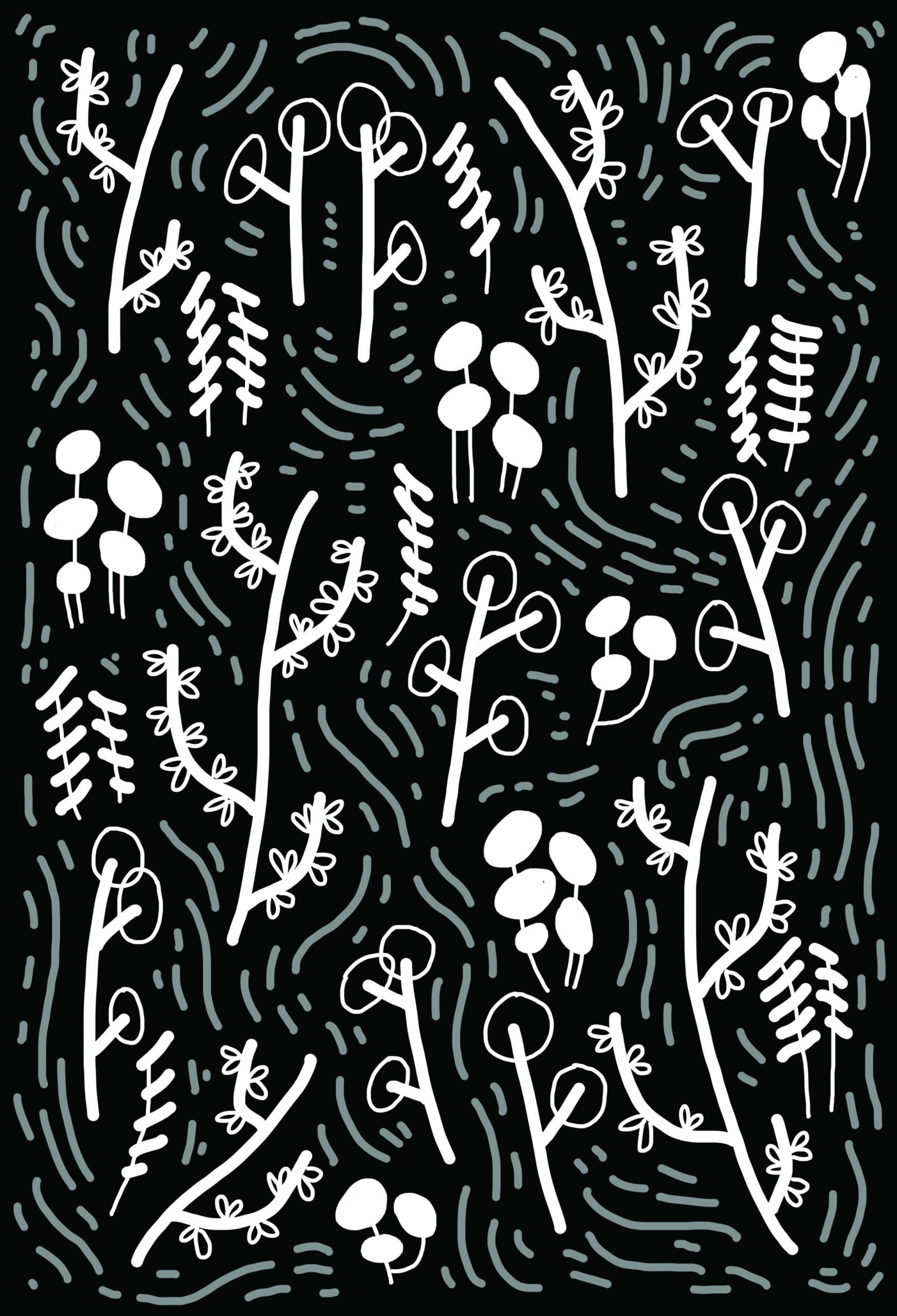
The idea of planting and tending a garden often brings to mind middle-aged folks on their hands and knees, with Tilly hats and soil smudged noses. Reactions from there tend to go in one of two directions: disdain or envy. But even if you tend to think the former, keep reading – you might just find your new favourite hobby.
Gardening can promote general wellness, increase hand strength and dexterity, reduce stroke risk and increase heart health, act as a stress reliever and increase self-esteem. You’ll be sweating by the end of it.
So, you’re convinced? Lucky for you, May is generally a good time to start putting your garden together. Let’s get to work! (And remember skin cancer is legit, y’all. Take precautions.)
ONE
Figure out what you’re working with. The foundation to any good garden is good soil. A garden that has soil high in organic content will encourage the growth of healthy roots that can access nutrients and water leading to better growth above ground. If you’re starting from scratch with no area set for gardening or creating a raised garden box, start off on the right foot by going to a greenhouse or garden centre and picking up bags of triple mix – a type of soil made up of three equal parts of topsoil, peat and compost.
Garden centre staff should be able to tell you whether you need mulch in addition to the compost included in the triple mix. Mulch helps suppress weed germination, retains moisture, insulates the soil and reduces erosion.
TWO
Clear the area of twigs and other debris.
THREE
Check your soil to make sure it isn’t too wet. It should crumble easily, not form a ball. If it’s too wet, you may compromise the soil structure and kill your plants before they’ve had a chance. If you’re planting right into the ground, you’ll want to dig down and clear away any grass or weeds. If you’re planting into a box, be sure to set up the boundaries of your planting area and clear the area completely.
FOUR
Get your soil ready. In a large bucket mix together your triple mix, shredded leaves, manure and other sources of organic matter. Start filling your garden, making sure the soil is spread evenly in your garden bed. If you’ve chosen to plant on top of the ground in a garden box, be sure to fill the box at least 25 to 30 cm to allow for proper root establishment and drainage.
FIVE
Pick – not harvest – your flowers or vegetables. Be sure that you take into account sun exposure and water availability. Is your garden in shade all day? Do you have a hose or will you need to water with a bucket or watering can? Most plants and seed packets will have sun exposure and water needs written right on the package. If in doubt, ask someone at the garden centre. If you’re looking to build a bee friendly garden, be sure to do it in a low traffic area where the garden will be undisturbed and the risk of small children running through it is small.
Do busy squirrels, raccoons and rabbits surround your house? If so, you may need to take a few extra steps to protect your flowers and veggies.
SIX
Once the risk of frost has gone, get busy planting!
AND A FEW PRO TIPS:
Worms and bugs in your garden are a sign of healthy ecological activity, and create passages for nutrient mixing and soil oxygenation.
Water your plants first thing in the morning. Watering plants during the day is not ideal since the sun generally burns any moisture off before plants can absorb it. Watering at the end of the day can cause root rot.
Have fun with it! Gardening isn’t supposed to be stressful or a burden. If things die, they die. If they live, they live. Try to enjoy the process.




Leave a Reply